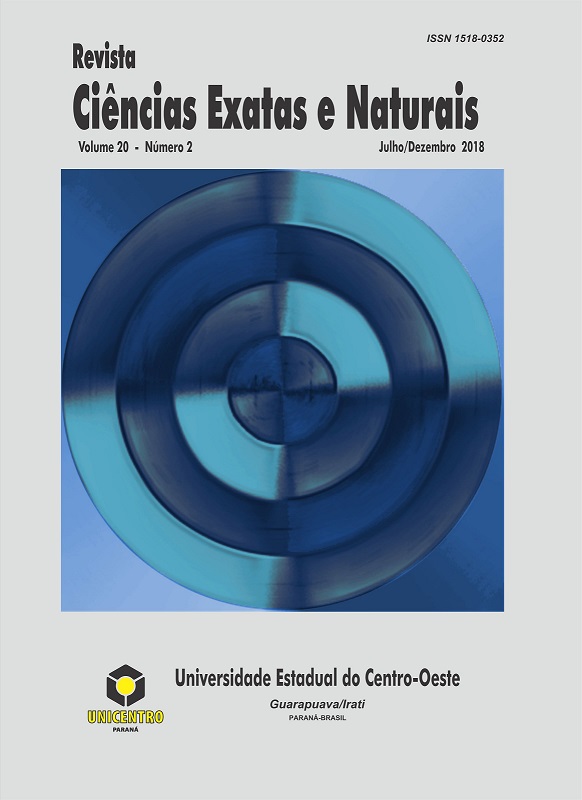Uma aplicação de correlação canônica não linear em dados de tuberculose
Keywords:
Correlação canônica não linear, tuberculose, microrregiões, ParaíbaAbstract
O trabalho apresenta uma aplicação de correlação canônica não linear em dados de tuberculose. O objetivo desta técnica é determinar a semelhança entre dois ou mais conjuntos de variáveis explicando ao máximo a variância das relações entre os conjuntos em um espaço de poucas dimensões. O caso estudado, avalia a relação linear existente entre o desfecho do tratamento da tuberculose, influenciada pela faixa etária e condição de infectado por TB/HIV nas microrregiões de residência do Estado da Paraíba no período de 2009 a 2015. A análise dos resultados determina que existe relação entre os dois conjuntos de variáveis. A importância do estudo resulta na compreensão da variabilidade das notificações de TB nas microrregiões dada a faixa etária do paciente conforme sua condição de infectado por TB/HIV e o desfecho do tratamento.
References
GIFI, A. Nonlinear multivariate analysis. Chichester: John Wiley and Sons. 1990.
HO, R. Handbook of univariate and multivariate data analysis and interpretation with SPSS. Boca Raton: Chapman. 2006.
KRUSKAL, J.B. Multidimensional Scaling by Optimizing Gooddness of Fit to a Nonmetric Hypothesis, v. 29, n. 1, 1-27p. 1964a.
LÓPEZ, C.P. Métodos estadísticos avanzados con SPSS. Thomson: Madrid. 613-622p. 2005.
VAN Der Burg, E. Nolinear canonical carrelation and some related techniques. Leiden: DSWO Press, 1988.
Downloads
Published
Issue
Section
License
Authors keep copyrights and conced to the magazine the right of first publication, with the paper also licensed up Creative Commons Attribution License, wich alows sharing the paper with credits to the author and initial publication in this magazine.
This journal provides open access to all of it content on the principle that making research freely available to the public supports a greater global exchange of knowledge. Such access is associated with increased readership and increased citation of an author's work. For more information on this approach, see the Public Knowledge Project, which has designed this system to improve the scholarly and public quality of research, and which freely distributes the journal system as well as other software to support the open access publishing of scholarly resources. The names and email addresses entered in this journal site will be used exclusively for the stated purposes of this journal and will not be made available for any other purpose or to any other party.

